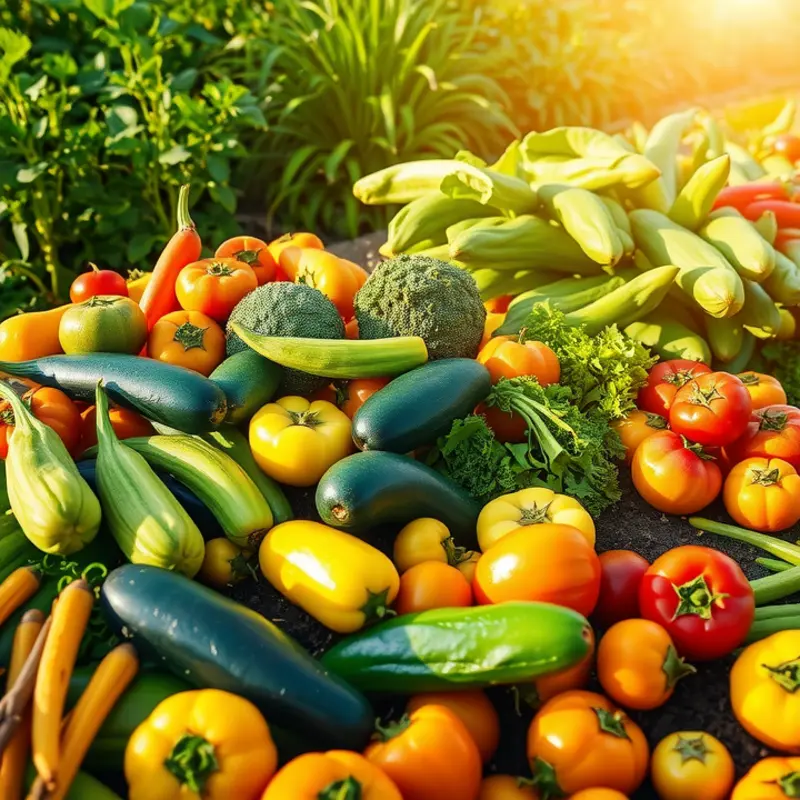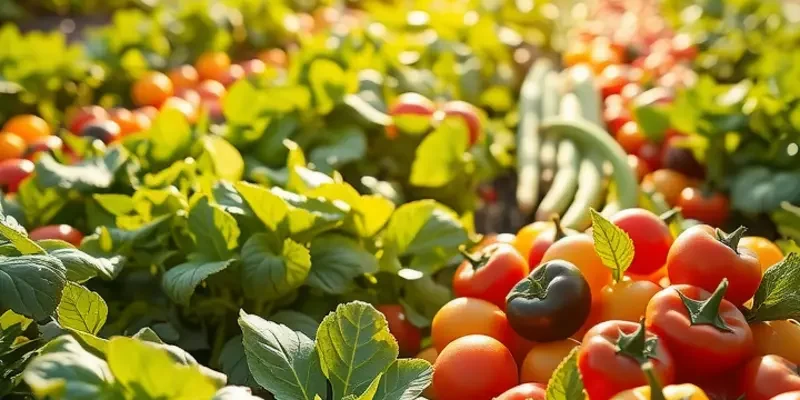Reheating food safely is essential to reduce waste and ensure meals are nutritious and enjoyable. Proper reheating techniques prevent foodborne illnesses by killing harmful bacteria and maintaining quality. From knowing the right storage methods to reheating leftovers effectively, navigating meal safety at home can make a significant impact on both your health and your wallet. Start your journey to a safer kitchen with these practical insights.
Storing Leftovers Safely

Properly storing leftovers is crucial to maintaining food safety and quality. Every year, countless people fall ill due to improper food storage. Understanding the best practices for different foods can help minimize health risks.
Temperature control is a fundamental aspect of food safety. Bacteria thrive between 40°F and 140°F, known as the ‘danger zone.’ To prevent bacterial growth, leftovers should be refrigerated within two hours of cooking. If the temperature is above 90°F, such as during a picnic, reduce this time to one hour. A refrigerator should be maintained at 40°F or below, while the freezer should be set at 0°F.
Once cooled, divide large portions of food into smaller, shallow containers. This method accelerates cooling, reducing the time food spends in the danger zone. Stack these containers in your fridge with enough space between them to allow air circulation, which helps maintain a consistent temperature.
Different Types of Food, Different Practices
Meats: Cooked meats should be stored in airtight containers or wrapped tightly in aluminum foil. They generally last 3-4 days in the refrigerator. When freezing, ensure meats are wrapped to prevent freezer burn; they can last 2-6 months in the freezer.
Grains and Pasta: These starchy foods can become dry in the refrigerator. Store them in airtight containers. They will last about a week in the fridge and up to three months in the freezer.
Fruits and Vegetables: Fresh produce needs proper handling to maintain freshness. For cooked vegetables, use containers that minimize air exposure. Most cooked vegetables can be safely stored for 3-7 days.
If you are a sauce aficionado, improper storage can alter flavors and spoil sauces quickly. For detailed guidelines on storing sauces, check out this guide.
Preserving Quality
Label your leftovers with dates to easily track how long they’ve been stored. When reheating, ensure the food reaches an internal temperature of 165°F. Leftovers stored beyond their safe timeframe risk becoming unsafe to eat, even when they appear and smell fine.
To enhance your kitchen efficiency, consider adopting strategies that encourage minimal waste and effective storage, such as ingredient batching. This can optimize your resources, keep your meals safe, and maintain food quality over time.
By understanding and implementing these storage techniques, you can confidently enjoy your leftovers without compromising on health or taste, complementing your meal safety routine.
Reheating Techniques for Safety and Quality

Reheating leftovers involves more than simply applying heat. It ensures meals are safe to eat and retain their flavors and textures. Achieving target temperatures is crucial, as improperly reheated food can harbor bacteria. The U.S. Food and Drug Administration recommends heating foods to at least 165°F (74°C) to kill most pathogens.
Meats should be reheated with particular care to prevent drying out while ensuring safety. For poultry, a microwave might not always be the best choice due to uneven heating. Instead, use a stovetop or an oven. Slice the meat into smaller portions for more even heat distribution—this helps reach the critical internal temperature without overcooking the edges.
Casseroles and other mixed dishes need a thorough reheating approach. Ideally, cover them with foil and reheat in the oven. This method prevents moisture loss and directs heat evenly. If using a microwave, stir frequently and let the dish rest for a minute to allow the heat to distribute evenly.
Liquids, such as soups and sauces, are best reheated on the stove. Stirring is key to preventing hot spots, ensuring an even temperature throughout. A microwave is also suitable for liquids, with frequent stirring and careful checks for uniform warmth.
The choice of reheating equipment matters. An oven offers consistent heating and is suitable for most dishes. Microwaves are convenient, but they can create uneven hotspots. To mitigate this, rotate and stir food midway through reheating. If using a microwave, use a microwave-safe cover to trap steam, preserving moisture in the food.
Tips for Even Reheating:
- Aluminum Foil: Cover dishes in the oven to prevent moisture loss.
- Thermometer Use: A food-grade thermometer helps verify that internal temperatures reach safe levels.
- Cover and Stir: Use microwave-safe lids and frequent stirring for liquids and mixed dishes.
Attention to detail during reheating preserves flavor and texture, minimize food waste, and promotes safe consumption. Discover more about reducing waste with thoughtful meal planning here. Effective reheating is key to a delightful and safe dining experience in any kitchen.
Final words
Implementing effective meal safety practices when reheating is pivotal to safeguarding your health while making the most of your food. By storing leftovers properly and understanding the right reheating techniques, you can enjoy delicious meals without compromising safety. These tips not only enhance food quality but also contribute to reducing waste in your kitchen. Embrace these strategies for a healthier, more efficient cooking experience, and remember that careful food management leads to satisfaction in every bite.







